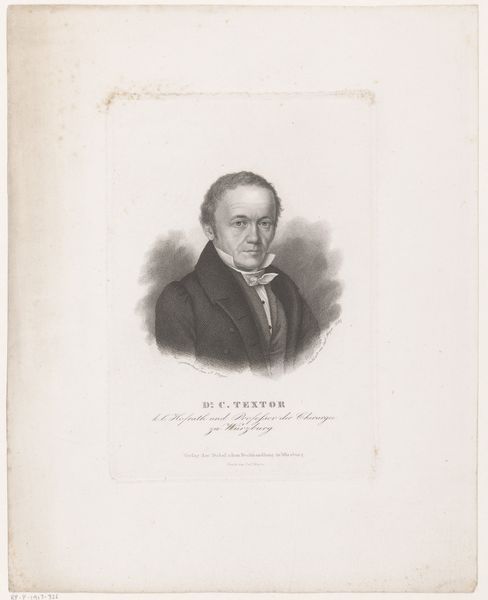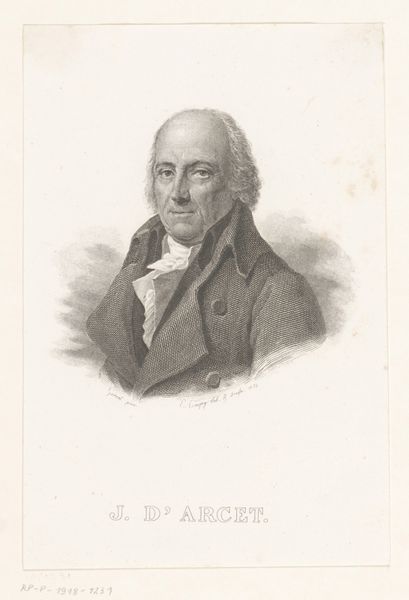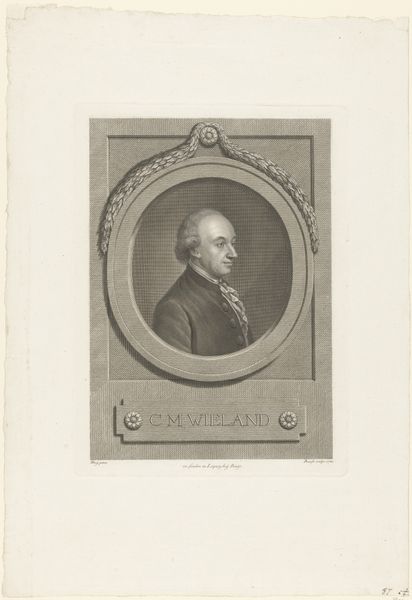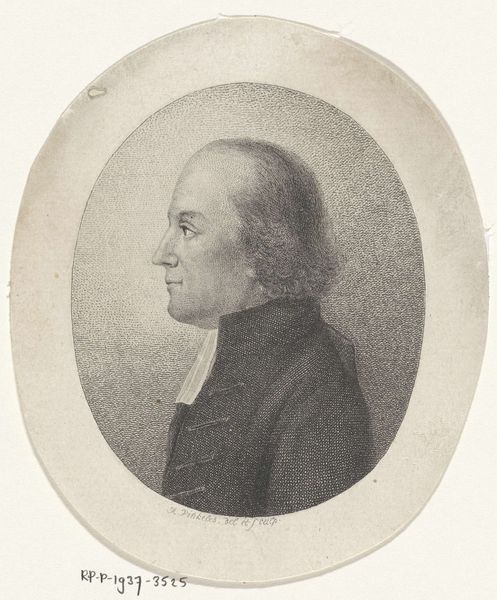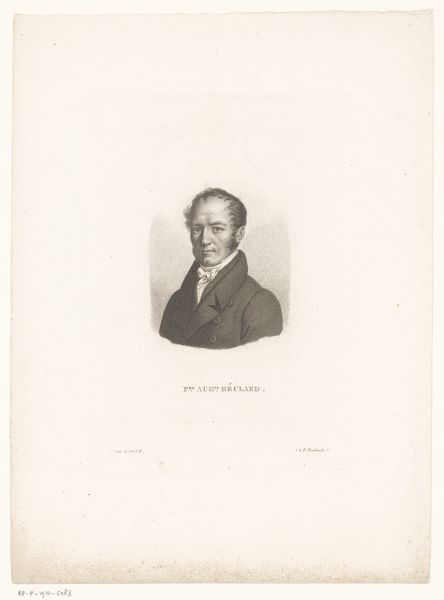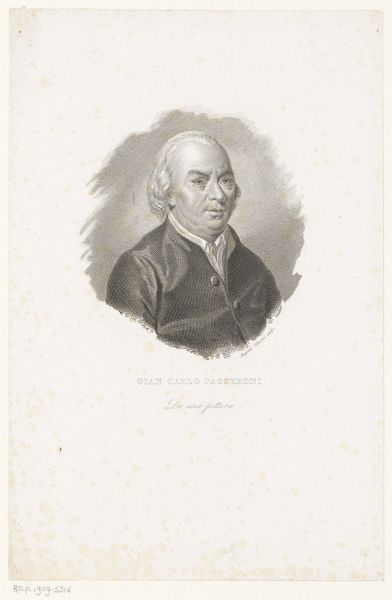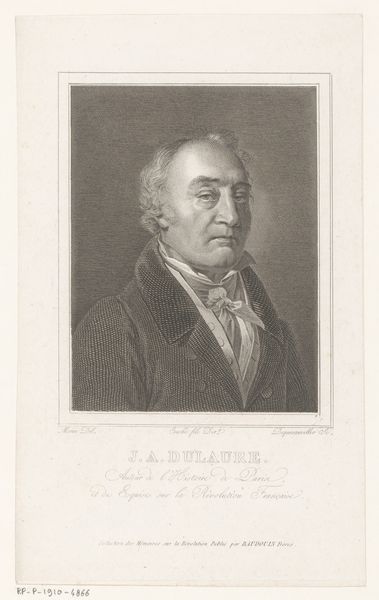
drawing, pencil
#
portrait
#
pencil drawn
#
drawing
#
neoclacissism
#
pencil sketch
#
old engraving style
#
pencil drawing
#
pencil
#
academic-art
Dimensions: height 360 mm, width 273 mm
Copyright: Rijks Museum: Open Domain
Curator: Here we have a portrait, dating from 1821, of the architect Pierre-François-Léonard Fontaine. It was rendered in pencil by Julien-Léopold Boilly. Editor: My first impression is that it is a work of determined restraint. There's a quiet dignity to it, but also a certain formality that feels very distant to contemporary eyes. Curator: Yes, but understanding the man – Fontaine – helps contextualize that restraint. He was instrumental in shaping Napoleonic Paris, so the "restraint" you see might reflect the values he embodied, and perhaps even the political climate he helped shape. Editor: That makes sense. I keep noticing the way Boilly captured the textures – the fabric of the coat, the faint lines indicating age in his face...it all suggests an interest in revealing not just what Fontaine looked like, but perhaps hinting at his social standing as well. Were portraits of this style and medium common markers of class? Curator: Definitely. The rise of Neoclassicism saw an appeal to rationality and order, echoing in clothing, architecture and yes, even portraiture. It suggests status and authority – a controlled public image crafted in contrast to earlier, more flamboyant styles. Editor: So Fontaine's attire, his gaze, the very composition – they’re all carefully constructed signals. I also think of neoclassical forms carrying significant symbolic weight by representing an ideal republic, the glory of Greece and Rome reborn. Curator: Absolutely. Neoclassicism in the early 19th century wasn't just about aesthetics; it was intrinsically linked to ideas of power and nationhood. Boilly’s choice to portray Fontaine in this very deliberate way connects him to a broader narrative of ambition, innovation and even nation-building. Editor: Fascinating! It really enriches how I see the image. What I perceived as merely "restraint" now resonates as a potent representation of a very particular moment in history. Curator: Indeed, it’s a wonderful opportunity to reflect on how artistic style can encapsulate prevailing ideologies.
Comments
No comments
Be the first to comment and join the conversation on the ultimate creative platform.




